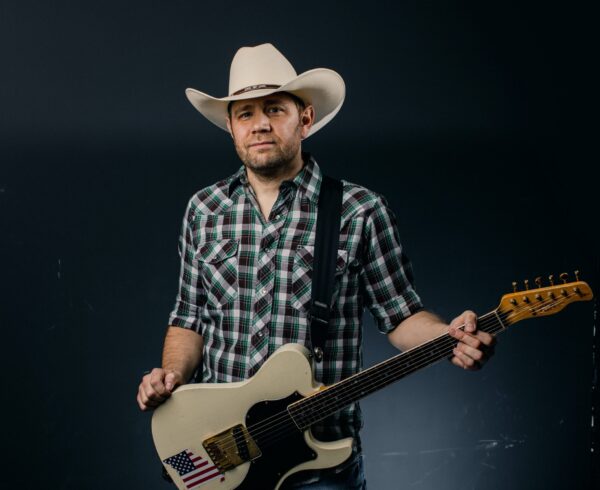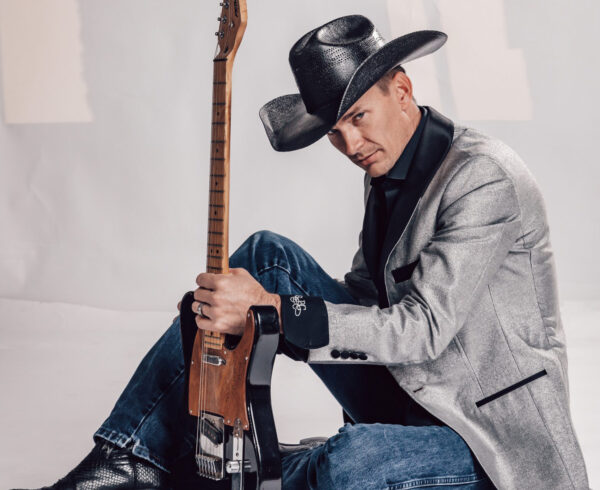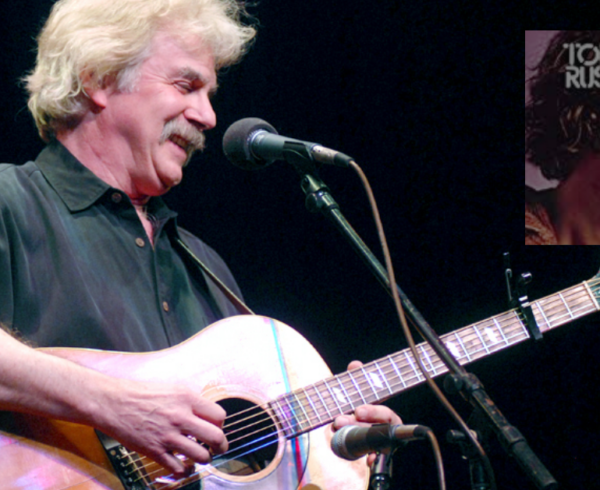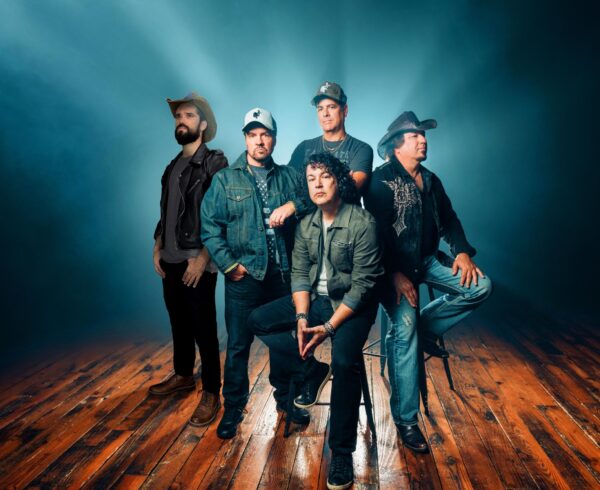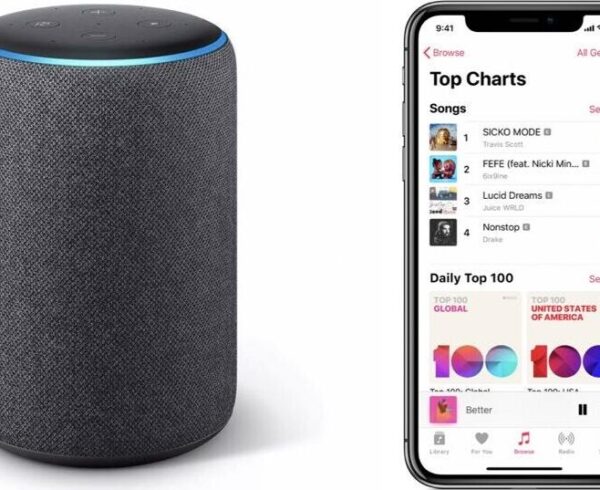For decades now, we’ve been hearing how file sharing, cheap iTunes singles, online radio, and stream ripping “killed” the music industry. In 2014, Taylor Swift wrote about the future of the industry in a Wall Street Journal article. Her fantastic economic claims have been debunked elsewhere, but one of her basic criticisms was that Internet streaming is challenging the traditional revenue model of the music industry. However, Taylor’s own career demonstrates how the Internet and digital technology have lent themselves to a creative renaissance of the music industry, in part due to her own leadership.
Rather than the death of the music industry, we are seeing a glorious revival of music, and nowhere is that more evident than the top music videos on YouTube, which has become one of the primary ways that young people listen to music. The YouTube “music” channel has almost 100 million subscribers, with over 4 billion views for top videos. Nearly all of the top 100 videos on YouTube are music videos.
Here are five videos which demonstrate how the Internet is enabling a glorious revival of the music industry:
1: Taylor Swift – Shake It Off
Shake it Off seamlessly blends Taylor’s “dorky dancer” style with some of the world’s best dancers, combining hip hop, ballet, modern dance, jazz, breakdancing, and even a cheerleader performance. The video makes dozens of pop culture references while mocking Taylor’s competition and inspiring dozens of articles about her feuds with other celebrities.
When it rocked the charts with 2.4 billion views, Shake it Off was one the biggest pop music videos ever. Released for her 1989 concert tour, the video helped Taylor make over $250 million, making hers the highest grossing concert tour ever, and making Taylor one of the world’s highest-paid celebrities.
Taylor used the demand for her album to force Apple to change its policy of not paying artists during free trials of its music service. While Taylor often denounced streaming music on the Internet for not paying artists enough, it’s clear that she (or her publicity team) is a clever negotiator, and skillfully used the audience made possible by the Internet to achieve massive success.
2: Fifth Harmony – Work from Home ft. Ty Dolla $ign
With 1.7 billion views, Fifth Harmony’s hit music video Work from Home shows that the girl group still has massive appeal.
Fifth Harmony rose to stardom through effective social media marketing, with billions of YouTube views and over 10 million followers on both Instagram and YouTube.
In “Work from Home” the group mixes R&B hooks with hip-hop and minimalist synth beats to create a sexy, modern neo-feminist take on the relationship dynamic.
The song features “…slinking beats and playfully sexy lyrics about convincing your partner to skip the boardroom for the bedroom.” Numerous double entendres are present in the lyrics and the music portrays “freaky bedroom fun as glorious mostly in the bounds of a relationship.”
While a previous generation of R&B and pop music presented women as sexual objects, this song and video flips the dynamic and presents men in hard hats with bulging muscles as the object of desire. The women in this video “appear to now be in full control of their collective sexuality and [are] wielding it as they choose.”
The audio and video editing on the music video are impeccable. Before digital editing, music videos like his would have been prohibitively expensive to produce for all but the biggest stars. Modern digital video editing tools have allowed little-known groups like Fifth Harmony to rocket to stardom by releasing tracks and videos that are just as polished and thought-out as Hollywood blockbusters.
The music in Work from Home was digitally produced by two artists, while other groups recorded the vocals, and yet another company mixed the vocals and audience, and incorporated samples from other songs. The digital nature of modern music and video production allows the entire process to be distributed across a complex global supply chain.
Similar videos have led to great success for other girl groups: see G.R.L.’s Ugly Heart and Little Mix’s Black Magic.
3: Cher Lloyd – Want U Back
Cher Lloyd’s track Want U Back is one of my favorites for the playful and creative way she uses her voice:
The track is produced by Shellback, a musician and record producer (with four Grammys) who is responsible for several songs on this list. Cher’s vocals span from low note A3 to high note F#5, and Shellback uses Cher’s vocal dexterity to “give the song an almost caricature quality.”
While digital audio processors such as Auto-Tune are often known as cheap gimmicks, modern pitch correction tools are much more subtle and were creatively used to mix LLoyd’s vocals, including a recurring hook from the sound of her ‘frustrated grunts.’
4: Logic: 1-800-273-8255
American rapper Logic often writes about his drug use and issues facing African-American communities. His song 1-800-273-8255 referrers to the phone number for the National Suicide Prevention Lifeline.
This track shows the remarkable merger of rap and hip-hop with pop music culture, both musically and socially. Here is Logic’s explanation of his song:
So the first hook and verse is from the perspective of someone who is calling the hotline and they want to commit suicide. They want to kill themselves. They want to end their life. When I jumped on a tour bus that started in Los Angeles, California and I ended in New York City and did a fan tour where I went to fans’ houses and shared meals with them, hung out with them, played them my album before it came out. Them along with other people on tour, just fans that I met randomly, they’ve said things like, “Your music has saved my life. You’ve saved my life.” And I was always like, “Aw so nice of you. Thanks.” And I give them a hug and s**t but in my mind, I’m like, “What the f**k?” And they’re really serious. And they tat s**t on their arms and get s**t like lyrics that save their life and in my mind, I was like, “Man I wasn’t even trying to save nobody’s life.” And then it hit me, the power that I have as an artist with a voice. I wasn’t even trying to save your life. Now what can happen if I actually did?
Rap music has evolved from boasting about women, drugs, and money to awareness of greater social issues. Logic’s music video features a young black man who struggles with his sexuality and considers suicide. Following the night of the 2017 MTV Video Music Awards, the NSPL experienced a 50% surge in the number of calls to their hotline.
For a similar video in the electronic music genre, check out Clean Bandit’s Symphony, which merges classical opera and electronic music.
5: Sia – Chandelier (Official Video)
Sia’s “Chandelier” is brilliant on several levels. On first listen, the song appears to celebrate binge drinking culture. However, a closer look reveals that Sia is really diving into her experience with substance addiction and the culture of binge drinking. The music video reinforces the message with a stunning dance performance by 11-year-old Maddie Ziegler. Maddie’s performance is an “interpretive dance in a deserted, dirty apartment ‘while spinning, kicking, leaping, crawling, falling, twirling and hiding herself behind window drapes.’”
I am no fan of contemporary dance, but Maddie is clearly a highly skilled artist who integrates movements from ballet and gymnastics into a sequence which deftly visualizes the mix of ecstasy, escapism, and – ultimately – the self-loathing and desperation of Sia’s lyrics.
While Chandelier is lyrically and visually simple, it also highlights cultural assimilation at its best. It is an electropop song that features electronica, R&B, and reggae influences. Sia is an Australian whose career took her to London and ultimately Southern California, where she met local choreographer Ryan Heffington on the set of her music videos. Their collaborations have “done more to raise the standards of dance in pop music than nearly any current artist integrating the forms.” Ryan has since choreographed several hit music videos, tv shows, and even the film Baby Driver.
One unique aspect of Sia’s performances is that she chooses not to reveal her face, and even faces away from the audience during live performances. With 5 billion views, the success of her YouTube videos has been essential in taking her career from a music writer for other musicians to a successful performer, despite her unconventional performing style.
While musicians and music industry executives have often criticized the impact that the Internet and technologies are having on music, several tech innovations are in fact enabling a creative renaissance in music. These include:
- Digital audio processing innovations such as Auto-Tune and pitch correction have opened up new harmonic and compositional possibilities and created stars from singers with less-than-pitch-perfect voices.
- Digital video production and editing tools that have dramatically lowered the cost of producing quality videos.
- Social media allows artists to reach fans on an unprecedented scale and bootstrap themselves to massive success.
- Instant global communications have allowed artists to collaborate in new ways, sourcing the best talent from around the world, and inspiring the synthesis of cultures and genres.
The Internet and tech aren’t killing music, they are driving its creative explosion.
This column originally appeared at the Foundation for Economic Education, and is reprinted by permission.

